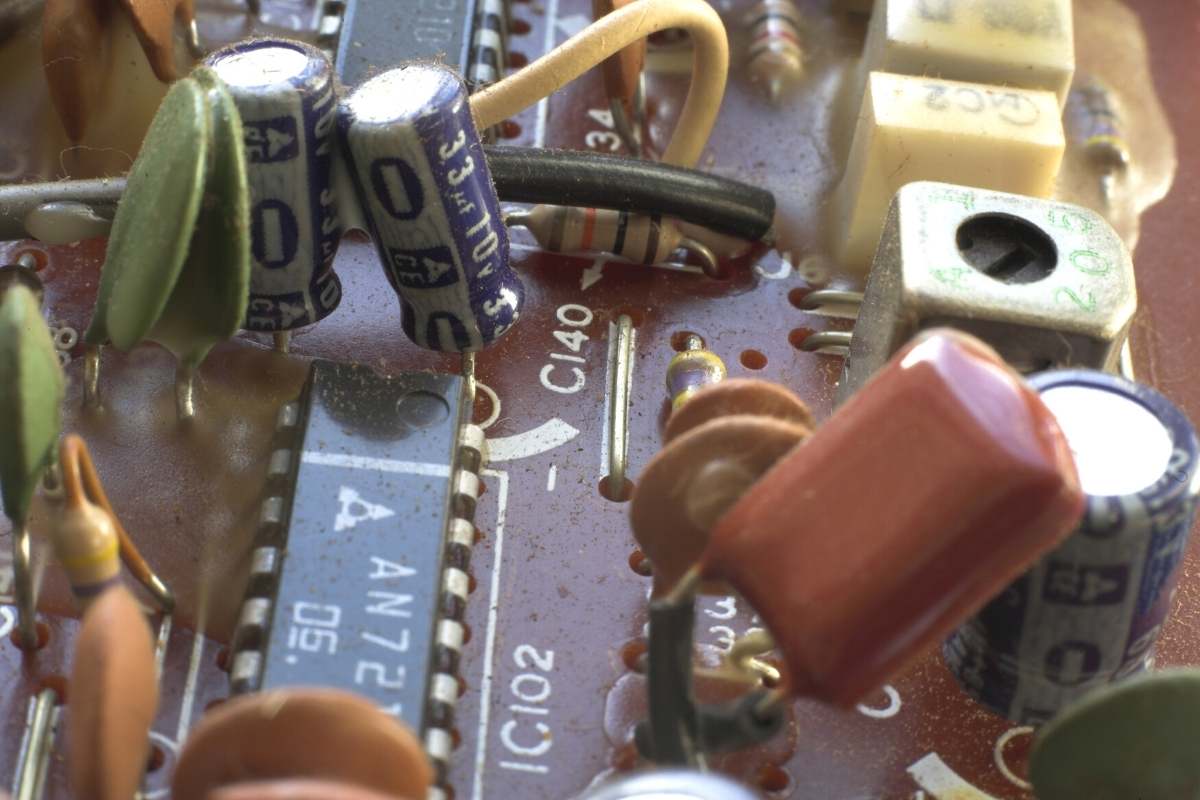7 Lessons that Make Communication Easier

Written by Paul Weidel
Communicating is difficult. Most of the really good lessons I’ve learned came through pain. Sometimes it came through my pain, and sometimes through someone else’s pain.
Below is a list of communication lessons that I wish I had learned prior to experiencing, or witnessing, misfortune.

In radio communication systems, information is carried across space using radio waves. Image courtesy of Adobe Stock.
It’s perfectly fine to not know what someone is talking about.
Someone may be talking about a technology, a term, or a technique that is unknown to you. For a significant part of my career I felt insecure when someone would talk about something that I didn’t know about. In meetings, when people would talk about those things, I’d write them down and research them later. I probably could have been more effective if I had just asked a question.
When in doubt, ask questions.
If you have a question, someone else probably has the same question and is too afraid to ask. Do both of yourselves a solid and ask the question.
Make sure you understand the answer.
Oftentimes, I used to feel bad that someone had to take the time to explain something to me. Or I’d feel embarrassed that I had to ask the question. I tried to take as little of their time as necessary. I’d accept whatever they told me whether I understood it or not. If their explanation didn’t make sense to me, I used to write down the answer and then try to research the answer on my own until it made sense.
If you don’t understand an answer, it’s okay to ask for clarification.
What I wish I had done is admit that I don’t understand part, or all, of an explanation and ask for more clarification. We communicate complex ideas. It’s completely normal that some of an idea is not effectively communicated or understood.
Make sure you understand each other.
Many times, when I thought I understood what someone was saying to me, I was mistaken. Had I taken the time to confirm with that person that my understanding jives with theirs, some misunderstandings could have been avoided. Now, when I think there’s even a chance that someone else and I are not on the same page, I repeat my understanding of the situation with plain words that are different than the ones they used.
When in doubt, draw a picture.
Sometimes words fail us. A good picture on a white board can communicate more effectively than even the best chosen words. Drawing pictures works with speaking and listening. Ideas expressed in pictures generally are easier to follow than written ideas. It is also more difficult to express ideas that don’t make sense in a picture.
